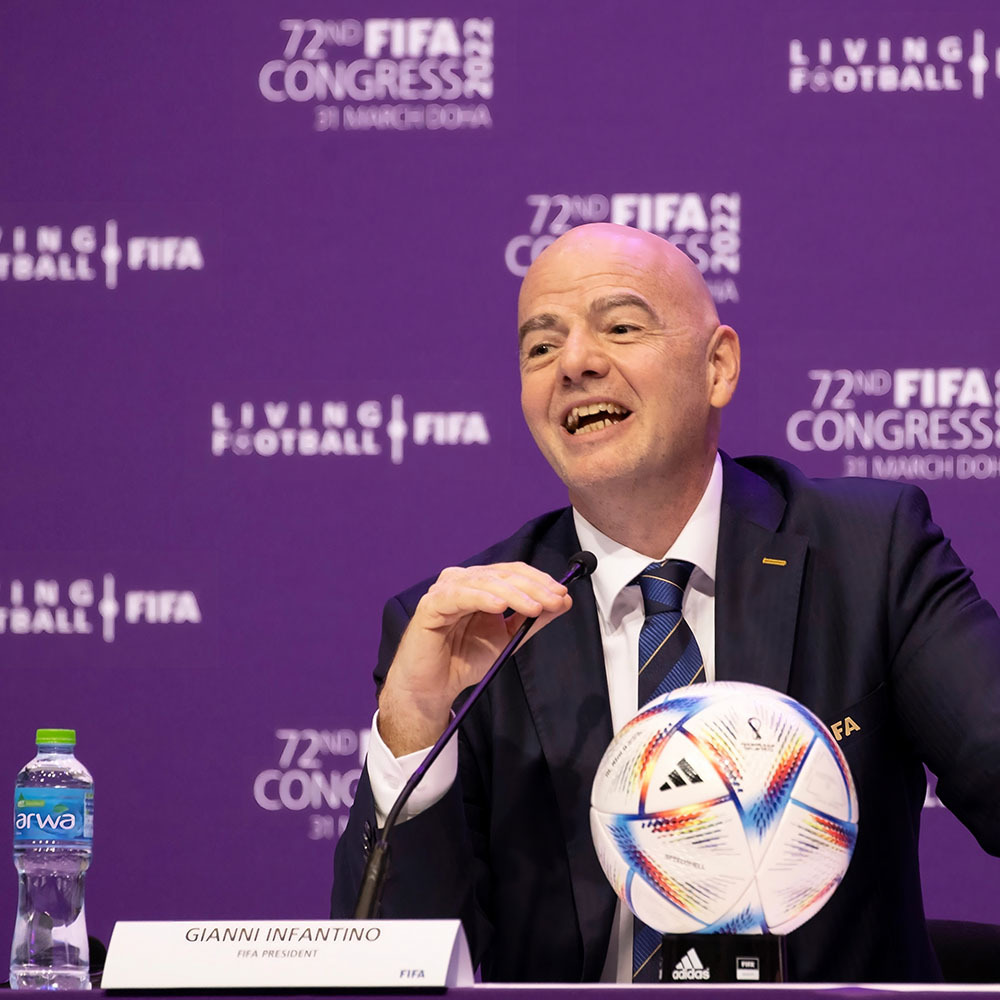
Get ready, football fans, because the World Cup format may be changing once again! FIFA had previously planned to have three-team groups for the 2026 tournament, which will be held across the United States, Mexico, and Canada, but they are reportedly reconsidering this decision.
What Was the Plan?
For years, the World Cup has followed a format with eight groups of four teams. However, with the number of qualifying teams set to increase from 32 to 48, FIFA had proposed 16 groups of three teams.
This new format would have drastically changed the way the tournament is played and could have resulted in some teams being sent home after just two games.
But now, with the success of the group stage in the 2022 World Cup held in Qatar, FIFA is reconsidering its plans. The final day of group matches was filled with drama, making for an emotional and exciting round of football.
Potential Changes to Happen
FIFA’s Director of Global Football, Arsene Wenger, has revealed that there are two four-team group formats on the table. One possibility is 12 groups of four, while the other is a ‘Wimbledon’ style system of two concurrent tournaments of six groups of four, where teams would know who they will avoid until the final.
Wenger says that the final decision will be made by the FIFA Council, and he expects it to be done in the next year.
The 16-group format was previously considered, which would have taken away the incredible drama that we saw in Group E last week. All four sides were still able to go through or out heading into the final round of games.
Japan and Costa Rica, who lost their first game 7-0 to Spain, were heading through and sending Spain and Germany home. In the end, Germany was the only team that went out, but the drama went all the way to the end.
The Hiccups to the Plan
However, there are concerns about increasing the number of matches from 80 to a possible 104 and the environmental impact of such an increase on fans and teams traveling across North America. There is also the issue of adhering to the bid’s timeline and not going over the projected days for the tournament.
According to reports, Concacaf President Victor Montagliani acknowledged that increasing the number of matches in the World Cup could raise environmental concerns, but he emphasized that measures would be implemented to mitigate the issue.
He emphasized the importance of the match schedule, stating that it’s not feasible for teams to travel long distances within the tournament. To address this issue, teams would be divided into pods and play in specific regions.
For example, one group would play in Boston, Philadelphia, and New York, while another would play in Vancouver and Seattle, and a third would play in LA and San Francisco.
Montagliani stressed the need to adhere to the bid’s requirements and suggested other strategies to minimize the tournament’s environmental impact.
As we eagerly await the council meeting in Rwanda on March 16th, football fans worldwide can only hope that FIFA makes the best decision for the World Cup format.

